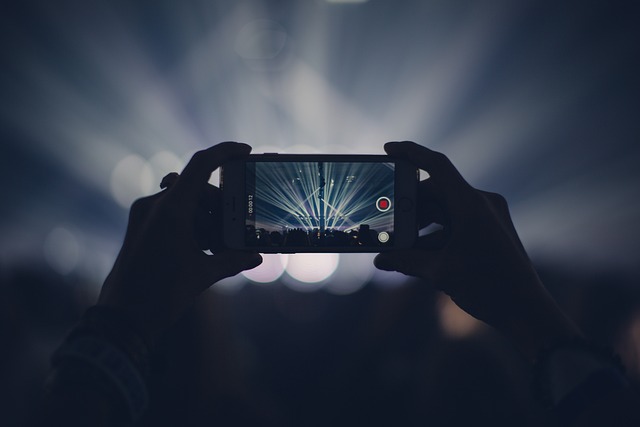Designing Interactive Online Experiences to Increase Fan Engagement
Interactive online experiences help artists and cultural organizations keep fans connected through livestreams, accessible formats, community features, and data-informed content strategies. This article explains practical design choices to improve engagement, retention, promotion, and revenue.

Connecting fans to creative work online requires more than broadcasting performances; it needs intentional design that invites participation, fosters community, and measures what matters. Interactive experiences can combine livestream and on-demand video, chat and polling, collaborative features, and clear accessibility options to make fans feel included and valued. Thoughtful scheduling and promotion help reach the right audience at the right time, while analytics guide iterative improvements that increase retention and potential revenue. The sections below explain concrete approaches designers and creators can use to shape these experiences.
How can livestream boost fan video engagement?
Livestream events create real-time energy that recorded video alone can’t reproduce. To increase engagement, integrate interactive overlays, live chat moderation, timed polls, and Q&A segments that let viewers influence the flow of the show. Break longer streams into structured segments with clear prompts that invite participation, and use multi-camera setups or close-up feeds to offer varied video perspectives. Promote the interactive elements ahead of the event so fans know when and how they can take part, and archive versions that preserve highlights for viewers who missed the live moment.
What drives long-term engagement and retention?
Retention comes from predictable value and ongoing connection. Develop recurring series, exclusive behind-the-scenes content, or subscriber-only sessions that reward consistent participation. Use content scheduling to create a cadence fans can rely on, such as weekly livestreams, monthly AMAs, or seasonal events. Encourage community rituals—regular chat emotes, fan challenges, or collaborative playlists—that make returning feel familiar. Track which formats and topics keep viewers coming back and prioritize those in editorial planning to sustain long-term engagement.
How do analytics inform content and promotion?
Analytics reveal how audiences discover, watch, and respond to content. Track metrics such as view duration, peak concurrent viewers, drop-off points, conversion rates from promotion, and social referrals. Use these insights to refine promotion timing, thumbnail and title choices, and the mix between live and on-demand video. A/B test promotional copy and scheduling to see what increases sign-ups. Analytics should inform, not dictate: combine quantitative signals with qualitative feedback from chat and surveys to shape content that resonates.
How to design collaboration and community features?
Collaboration tools deepen fan ownership and participation. Integrate features like fan-submitted content showcases, co-creation workshops, collaborative playlists, and moderated community forums. Offer structured roles—moderators, contributors, beta testers—to let active fans help run events or curate material. Design interaction flows that make collaboration easy: clear submission forms, simple voting mechanisms, and readable guidelines for contributors. Community-oriented promotion, such as member spotlights or collective goals unlocked by shared activity, strengthens bonds and amplifies organic reach.
How to ensure accessibility and scheduling options?
Accessibility and considerate scheduling widen audience reach. Provide captions, transcripts, descriptive audio when practical, and interface choices for font size and color contrast. Offer multiple viewing windows or on-demand replays to accommodate different time zones and availability; publish a schedule in advance and include reminders through email or app notifications. When planning events, consider diverse audience needs—weekend and weekday alternatives, varied time slots, and accessible ticketing options—so participation isn’t limited by timing or format.
How can interactive formats impact revenue?
Interactive formats open diverse revenue paths without compromising experience. Consider tiered access—free livestreams with donation prompts, paid VIP sessions for small groups, and merchandise drops tied to live moments. Integrate seamless payment flows and offer value-added products like virtual meet-and-greets, personalized messages, or exclusive recorded bundles. Use analytics to model conversion funnels and estimate lifetime value of engaged fans. Keep monetization transparent and optional to protect trust, and balance revenue initiatives with free community-facing content to maintain broad engagement.
Designing interactive online experiences is an ongoing process of experimentation, measurement, and refinement. Prioritize formats that invite participation, make community interactions simple and safe, and use analytics to focus effort where it increases engagement and retention. Accessibility and thoughtful scheduling expand who can join, while clear monetization strategies tied to genuine value help sustain creative work. By blending real-time interaction, collaborative features, and data-driven decisions, creators can build resilient online communities that support both artistic goals and audience satisfaction.





